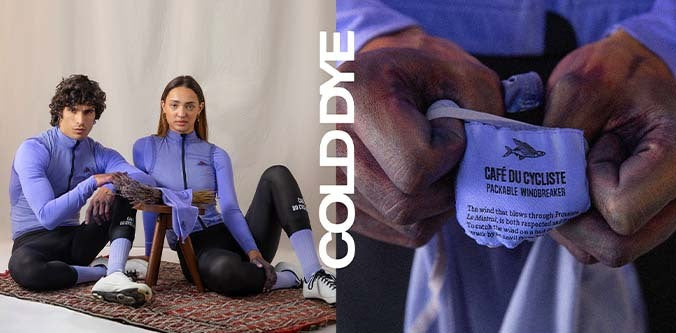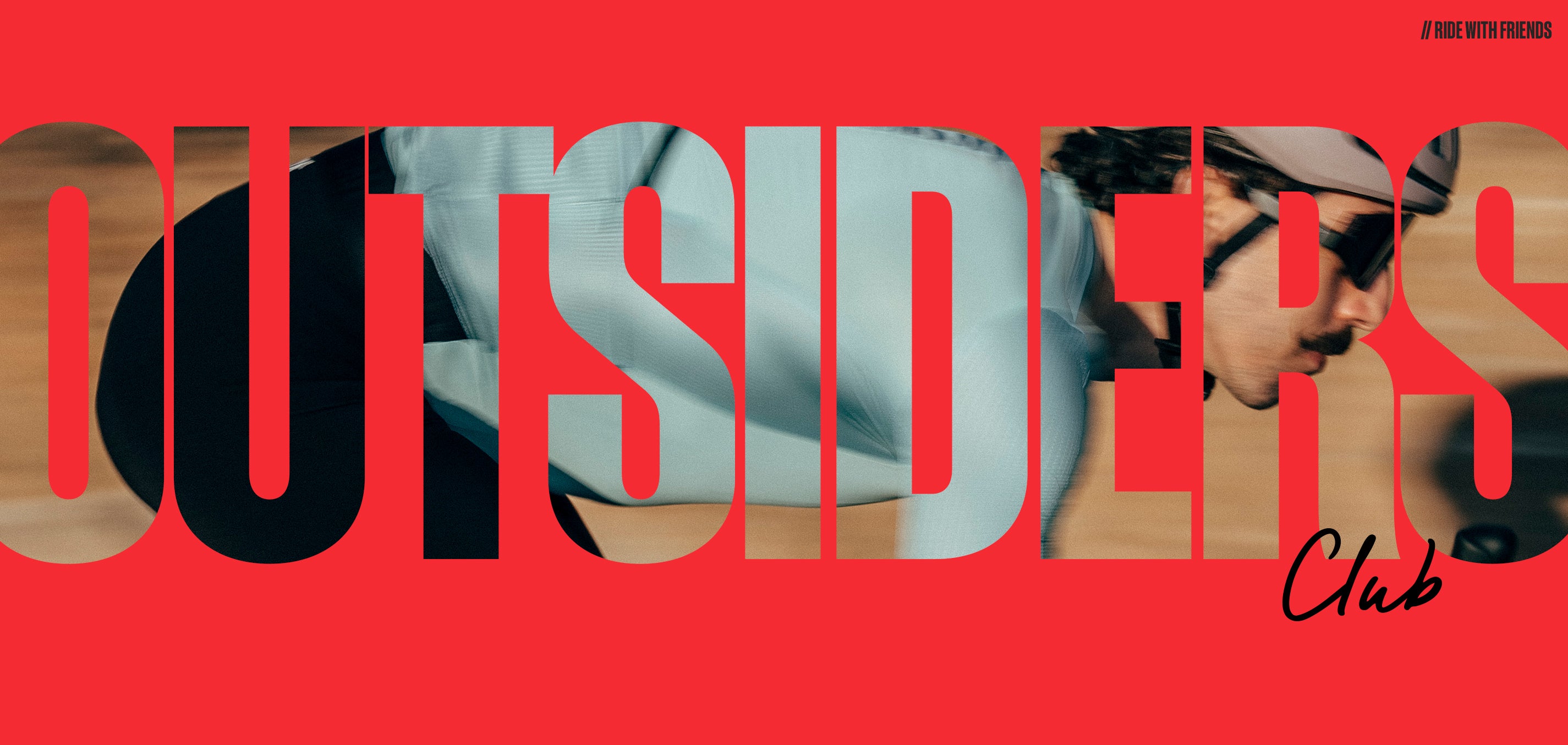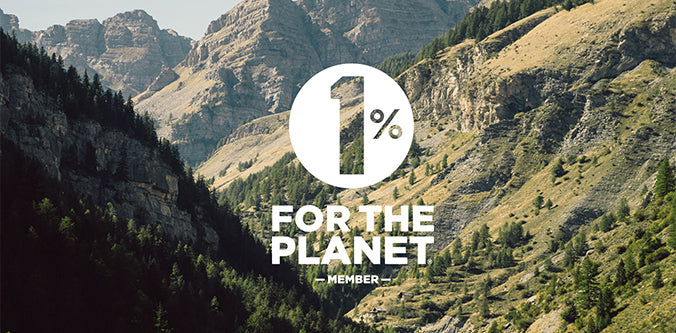
Gravel en Beaujolais: Winter in the Land of New Wine
Beaujolais is a wine-making region located in the south of Burgundy, about fifty kilometres north of Lyon. Known for its red wines made from the Gamay grape variety, this appellation is above all famous for its new wine, marketed every year on the third Thursday of November, better known as Beaujolais Nouveau. The vines that grow here date back to the time of the Romans and later, monks of the Middle Ages contributed to the viticulture in the region.
In the 1950s and 1960s Beaujolais experienced a surge in popularity thanks to the promotion of the ‘Nouveau’ wine in the UK and USA. This stroke of marketing genius has continued to enjoy great success with French and foreign consumers. Apart from the new, fruity and light wine, other Beaujolais styles produced in the region are complex and elegant, made from the grapes that grow on this beautifully cultivated terroir.




The new wine of the season had already been well celebrated when a couple of local cyclists ventured to follow ex-pro and Café du Cycliste ambassador Jérôme Cousin around the vineyards. The course displays 35km for 1200m of elevation gain, nothing very difficult on paper.

The thermometer displays -6°C, this beginning of December is absolutely freezing. The cold wave, an artic flow from the landmass of Russia, petrified the centre of France in no time.
The weather forecast predicts sunshine, yet the paths are frozen, the vines glinting white with frost. On the square in the small village of Clochemerle, the sun is struggling to warm our cyclists and when the bikes descend the first slope, our riders are frozen stiff.




Everyone is eager to attack the first gradient for the rise in body temperature an uphill effort inevitably brings. But it’s difficult to find grip in these conditions and at more than 15% inclination, the rear wheel slips, the legs get carried away, the bikes wobble and slip.

These 35 km which, on paper, looked like a saunter through the estate, will quickly turn out to be more challenging. Steeply sloping paths lead through undergrowth strewn with dead leaves, hindering motor skills, putting a strain on organisms already well occupied with fighting the cold air.
The stop beside the chapel of Mont Brouilly at an altitude of some 484 m offers a well-deserved respite. The mist invades the space around us. Sitting on the wall of the Church precinct, an improbable couple toasts to their health, clinking glasses in this surreal atmosphere. It's 12:30 p.m. and not many people outside, few candidates for an al fresco aperitif in this weather.




It's an appetizer for the second part of the course, heading to the summit of Pierre Blanche. The paths take us up to nearly 750 metres where a thin layer of snow is makes it difficult to progress on paths strewn with pebbles that are treacherous because they are invisible.






Sweating is another peril, with damp clothes turning into human wine coolers. The cold does not seem to make Jérôme suffer, he has known much worse on the roads of the Tour de France when in the middle of July, at the top of an Alpine passes, temperatures below zero descending in summer kit. The descent into the darkness of the long slender fir trees makes you forget the cold though; the spectacle was and is always grandiose.
Returning to Clochemerle marks the end of this winter sojourn. This region keeps its promise of an extraordinary terroir. The vineyards rub shoulders with exceptional mountains and forests, the typical villages complete the picture postcard aesthetic. The place deserves a longer summer getaway and more ‘dedicated’ visit to its beautiful wine estates.

Giro di Cappuccino
Friends Clara and Melli embarked upon a summer bike-packing vacation into northern Italy. Fuelled by cappucini and armed only with a camping stove and sleeping bags, their adventure was a whistle-stop tour of Southern Tyrol and Lombardia, finishing in the fair city of Verona.

Liam Yates
Suddenly it’s the middle of 2022 and riding our bikes around Europe is normal again... But, the world being as it is, there’s no time to waste. Grateful to the cycling gods, I’m always looking at where to go on the next adventure.

Gravel in Gruyère
La Gruyère is in the canton of Fribourg, and has become famous for its cows, mountain pastures and the cheese of the same name produced here. The small Swiss enclave of just under 500km2 is a favourite place for cyclists who love natural beauty and plenty of elevation.

Lyon: Ride of Lights
Every year, on the first weekend of December, thousands flock to the heart of the city to see light shows that will animate the streets for four nights. The illuminations of historic buildings are one of the highlights of the Festival of Lights.



















